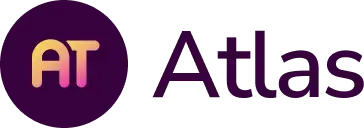Tip 1: Capture the excitement with descriptive unit titles
Swap out “Unit 7” for “Fractions in the World Around Us,” and switch “Chapter 12” for “Identity in Greek Mythology.” Not only will you get more excited when you view your curriculum, but your colleagues will have an easier time pin-pointing potential areas for collaboration.
Tip 2: Visual learner? Color–code connections in your curriculum!
Collaborate with another teacher on the same curriculum? Perhaps he types in blue, and you type in green. Wish to capture what honors students will be addressing in addition to the curriculum? Capture additional Content and Skills in Purple. Want to show the relationship between certain Content and Skills? Group them together in colors!!Tip 3: Filter standards as you go
What math standards would complement my science unit? What standards do I have left to cover? Is there a standard that addresses “community”? Answer these questions and target your standards with intention. Browse the standards by subject area, grade, and strand; search the standards for a keyword; and filter standards to shorten your to-do list.
Tip 4: Tactile learner? Print and annotate your unit
Prefer to take notes on your teaching plan? Wish to highlight and annotate? Print your unit plan to jot down thoughts and ideas to later review your curriculum. With Atlas, you can annotate your curriculum and collaborate directly with your colleagues.Tip 5: Attach… anything
 Google Drive, shared drive, home computer, dusty binder on the shelf… let’s gather our materials and resources together in one place! Link or attach the assignment, rubric, letter home to families, and a video of a student’s presentation to a corresponding assessment or unit to ensure everything is in one place.
Google Drive, shared drive, home computer, dusty binder on the shelf… let’s gather our materials and resources together in one place! Link or attach the assignment, rubric, letter home to families, and a video of a student’s presentation to a corresponding assessment or unit to ensure everything is in one place.
Tip 6: Open your unit to student reflection
Assign an essential question to groups of older students and invite them to share out their thoughts. For younger kids, project your Content on the board and encourage them to share their favorite moments in the unit. Ask students which assessment they found most helpful—and maybe it’s one you forgot, so you type it in! You’re signaling to students that learning doesn’t end with the final exam; you’re involving them in the intention of their learning; and you’re capturing your reflections in your curriculum (or Atlas).


